PEST, standing for Parachute Ejection System Tube (working title) is a device with the intended purpose of ejecting a parachute from a rocket using a small pyrotechnic charge
The first test was just conducted using my new ICBM-M system and proved quite successful (more on that later)
The Construction
The PEST itself is basically a small cannon, with the chute as ammo
This is based of a previous (sadly undocumented) project where I made a small cannon out of copper tubing, which is also where the gunpowder and saltpeter originated from
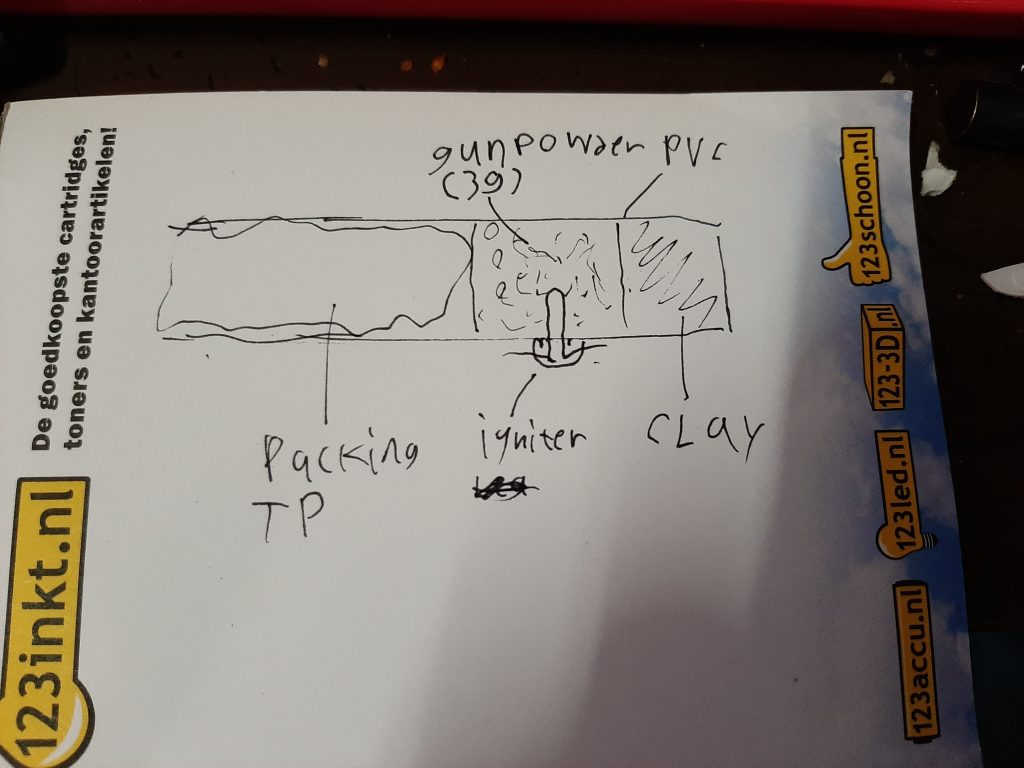
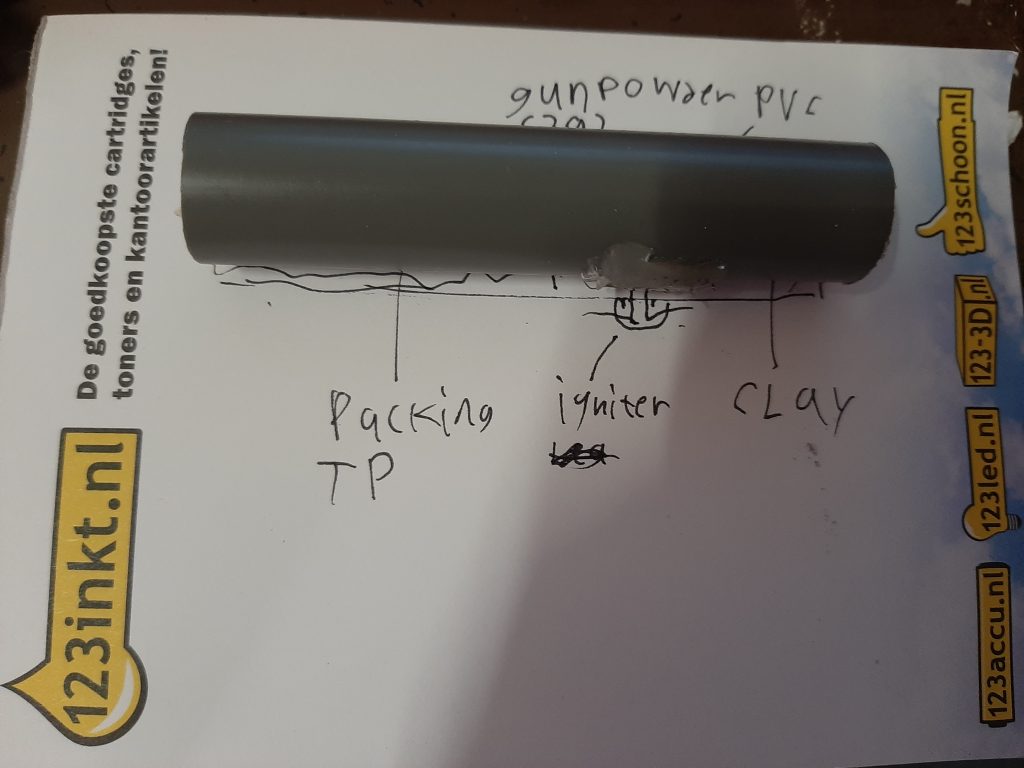
It is constructed out of standard PVC pipe (Shock resistant, 19mm) which is the same as the outer casing of my Casing 2.0 design
This was chosen because it is intended to be mounted on top of a existing rocket engine
At one end of this pipe, a clay bulkhead was installed, 1cm thick
A small hole was drilled slightly above the bulkhead, and a small length of 0.1mm nichrome wire was threaded trough it to provide a ignition source, and then covered in hotglue to create a seal and stop it moving around
Then, 3 grams of gunpowder was carefully poured in and topped of with a lightly pressed in slug of toilet paper, this is to keep pressure in the chamber to allow the gunpowder to combust more rapidly, much like a cannon
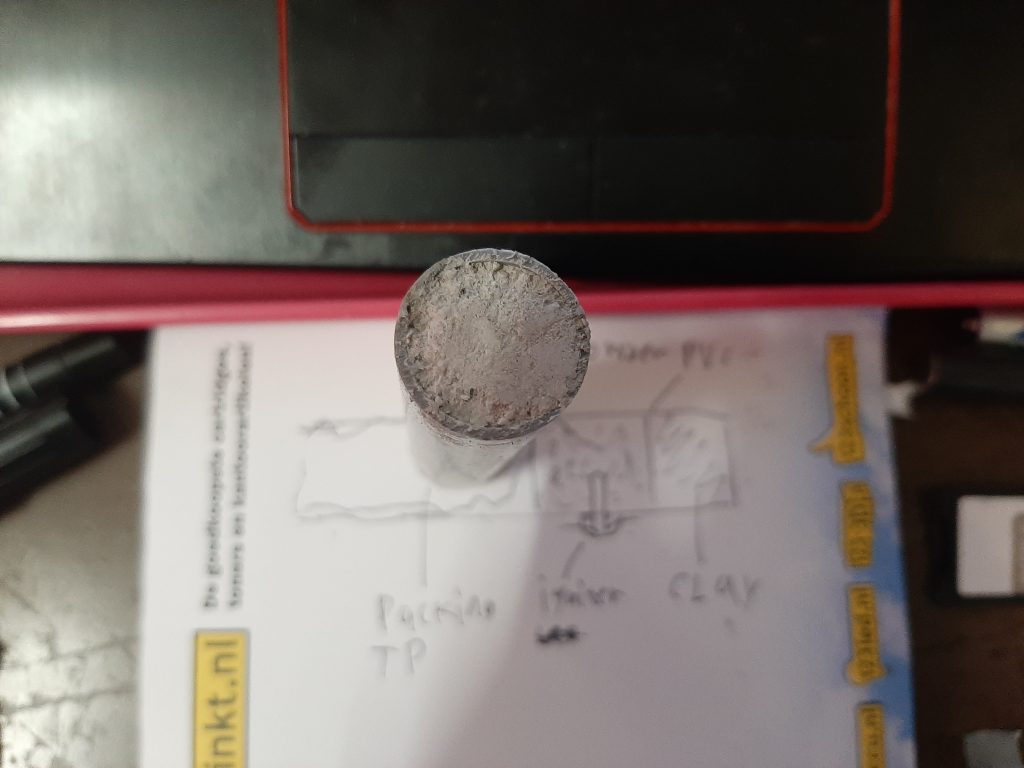
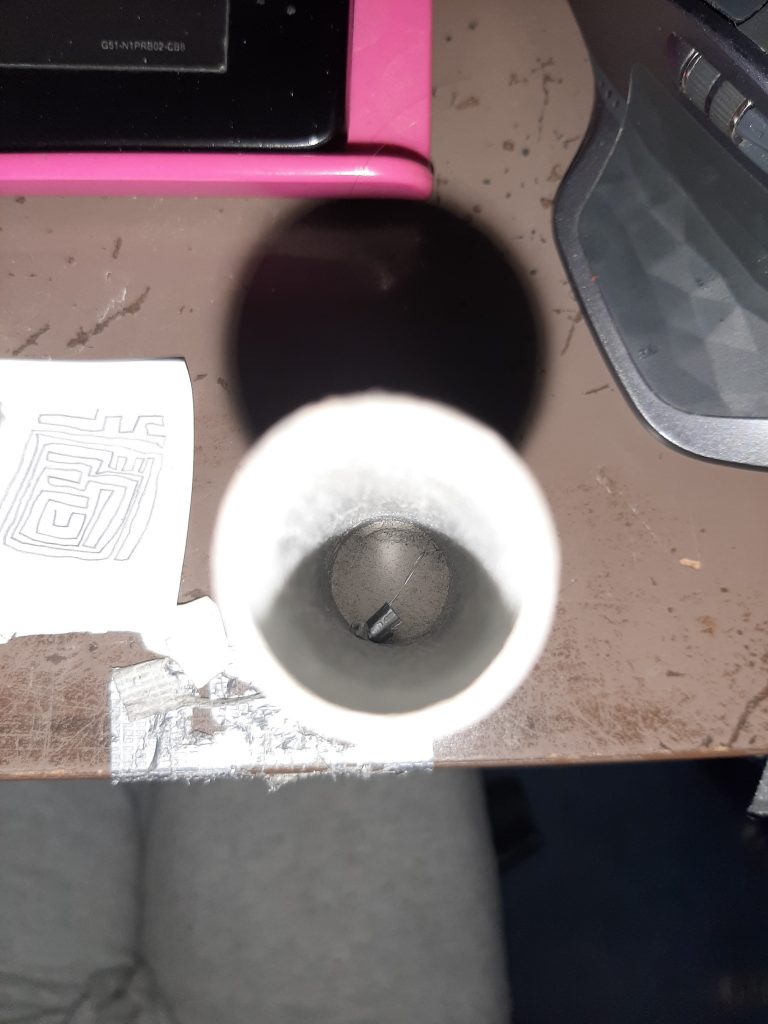
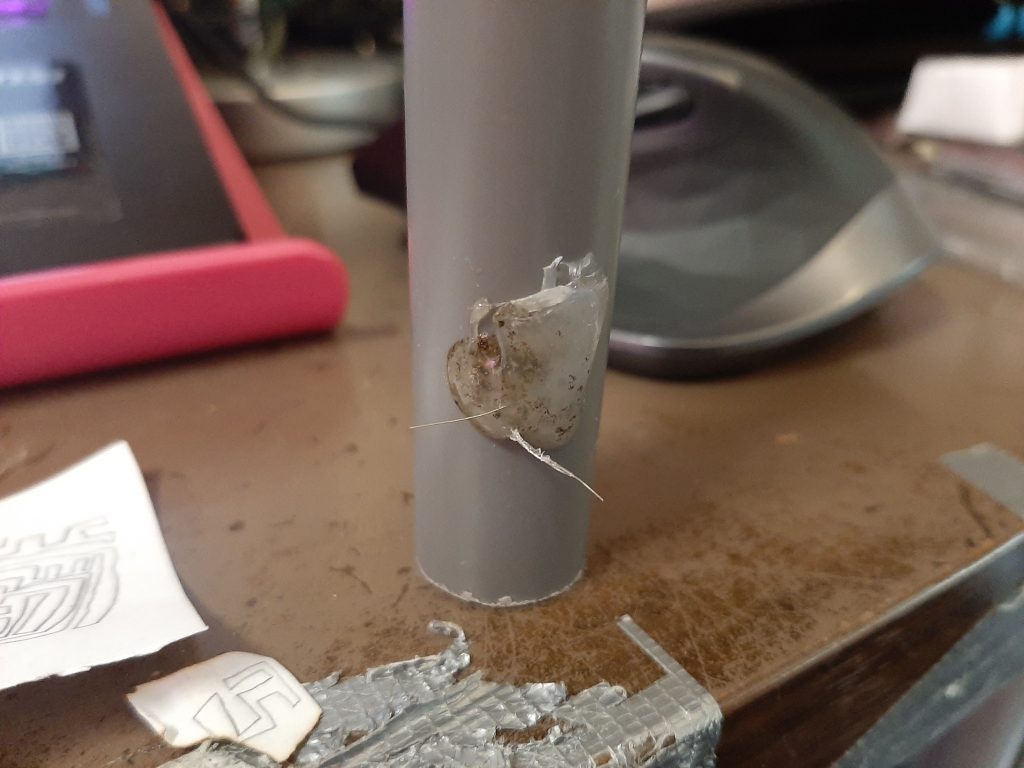

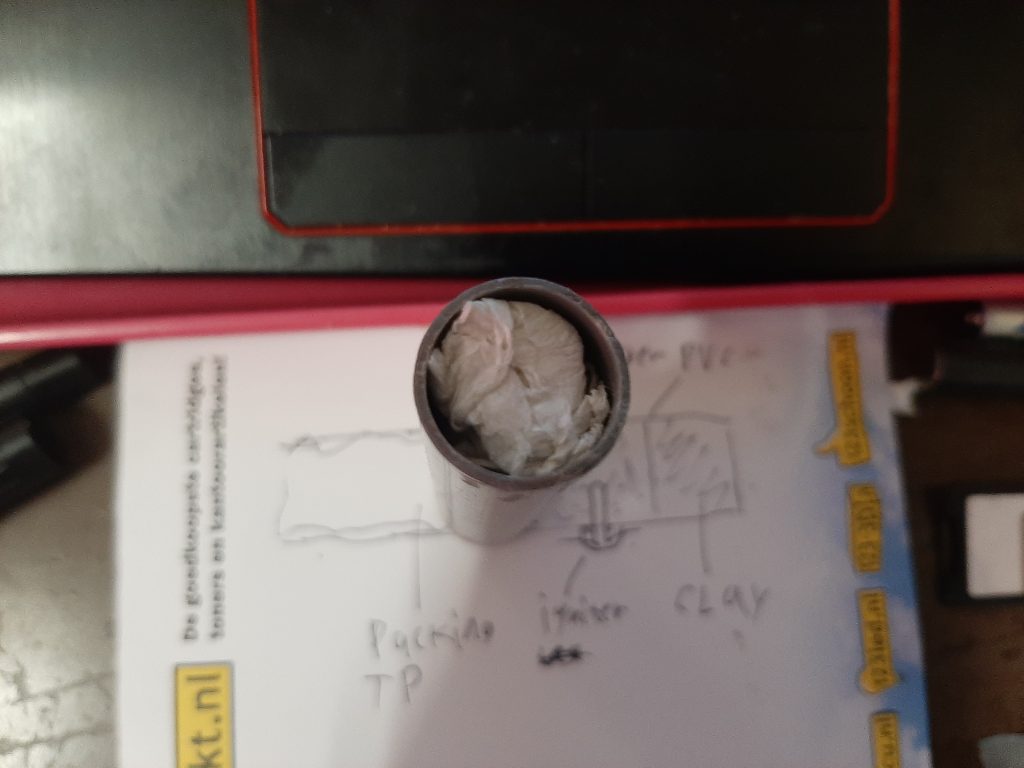
The ejection charge is granular gunpowder, for testing leftover 75,15,10 saltpeter charcoal sulfur will be used, with future systems using a 80 20 mix of saltpeter and charcoal omitting the sulfur to reduce temperature and ignition sensitivity (and smell)
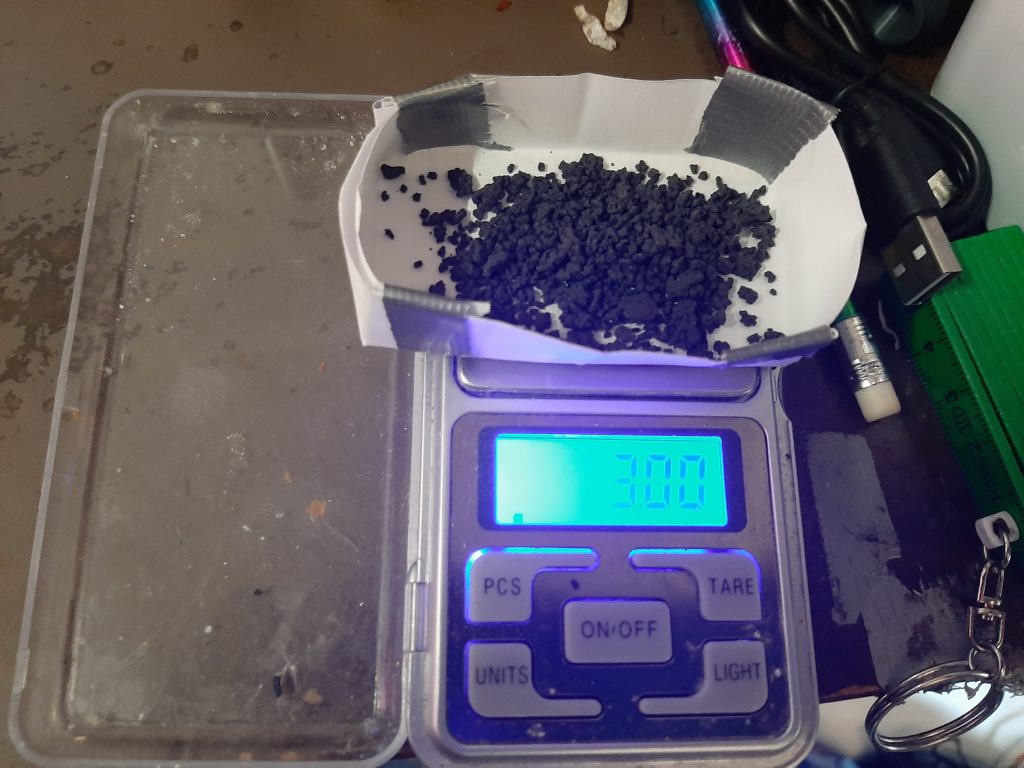
Because my flight computer can’t activate any pyrotechnics such as parachutes due to lack of program memory, a purely pyrotechnic system is intended to be used until a different flight computer is deemed necessary
The idea is that I take a existing rocket engine, drill a small hole trough the clay bulkhead and fill it with a slow burning propellant (standard rocket fuel with added sodium bicarbonate (baking soda) to slow burning), this is intended to provide a time delay before the ejection charge fires the parachute

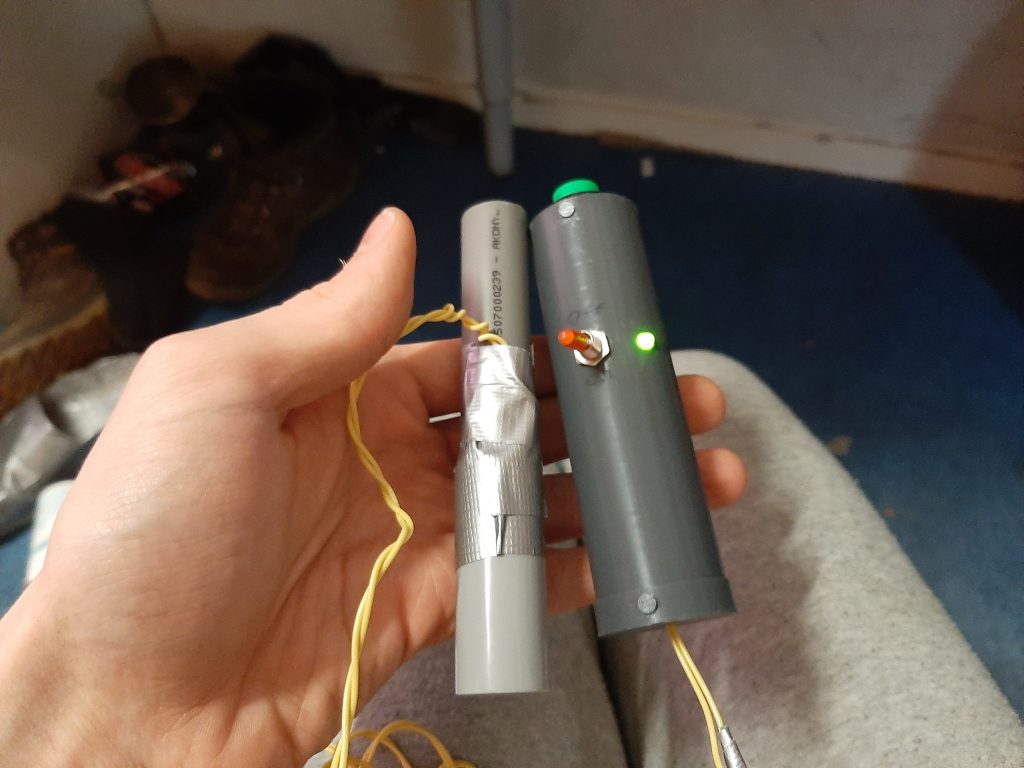
The Test
As this design was untested, (since this was the first test,) not a lot was known on how it would hold up upon ignition
As such, mild great care was taken to improve safety
A few scenarios were expected and accounted for
From worst to best
1. The wadding would increase the pressure so much that the casing would explode and shoot plastic shrapnel out everywhere
2. The clay bulkhead would fail and shoot fire there where no fire was wanted
3. The wadding was not shot out but instead a long, parachute destroying flame was escaping trough a opening, burning the wadding and ruining the case / rocket / parachute
4. The wadding was too loose, causing no pressure to build and the gunpowder to instead burn (relatively) slowly, damaging the casing and possibly the parachute
5. It would shoot the wadding out with a loud BANG
6. It would shoot the wadding out without too much problem
Luckily, the 6th option was the one that happened
This was probably due to the many safety considerations implemented
To prevent 1, the wadding was not packed very tight, to reduce strain on the casing and to help prevent 2, 3 and 5, but not so loose as to cause 4
The clay bulkhead was reinforced by placing a small metal washer on it, held in place by the adapter, to reduce chance of 2
Etc
A thing to note is that due to the nichrome wire being loosely fitted in the chamber without any igniter to speak of, it took a frighteningly long amount of time for the gunpowder to light after the command had been sent continuously, this is a problem with the early stage of igniter development however, and did not impact actual function
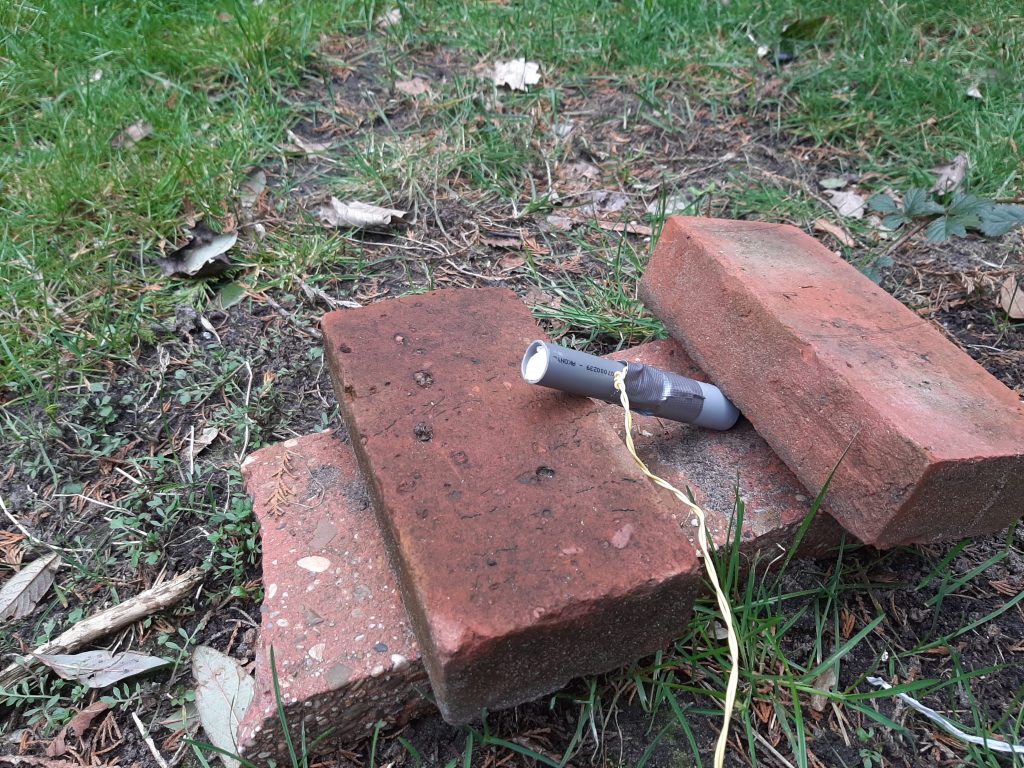
Here is some footage of the test
As can clearly be observed, the powder went off rapidly, propelling the TP slug out front
It was found and recovered 10 meters from the test location! (Edit: I am bad at estimating distances, and counting steps is not accurate, so take this with a few grams of salt)
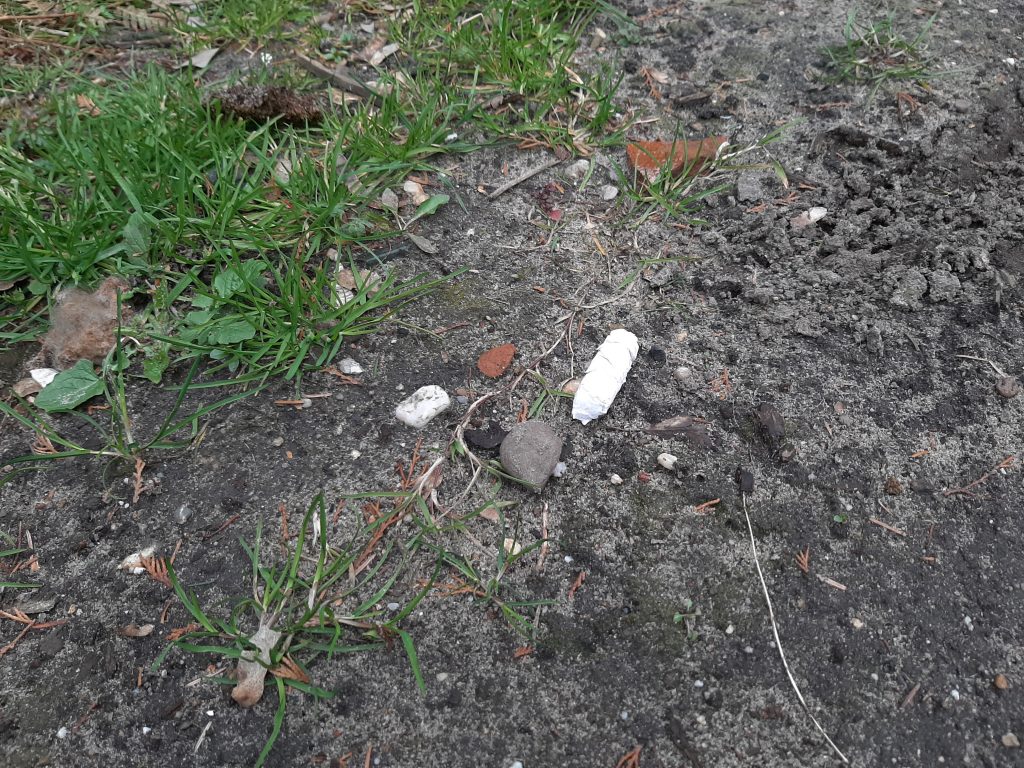

Both the casing and the slug remained completely unburnt because the gunpowder burnt so fast to not heat them up significantly
This is exactly the intended result
The next test will be in a simulated fuselage, with a dummy parachute it will have to eject

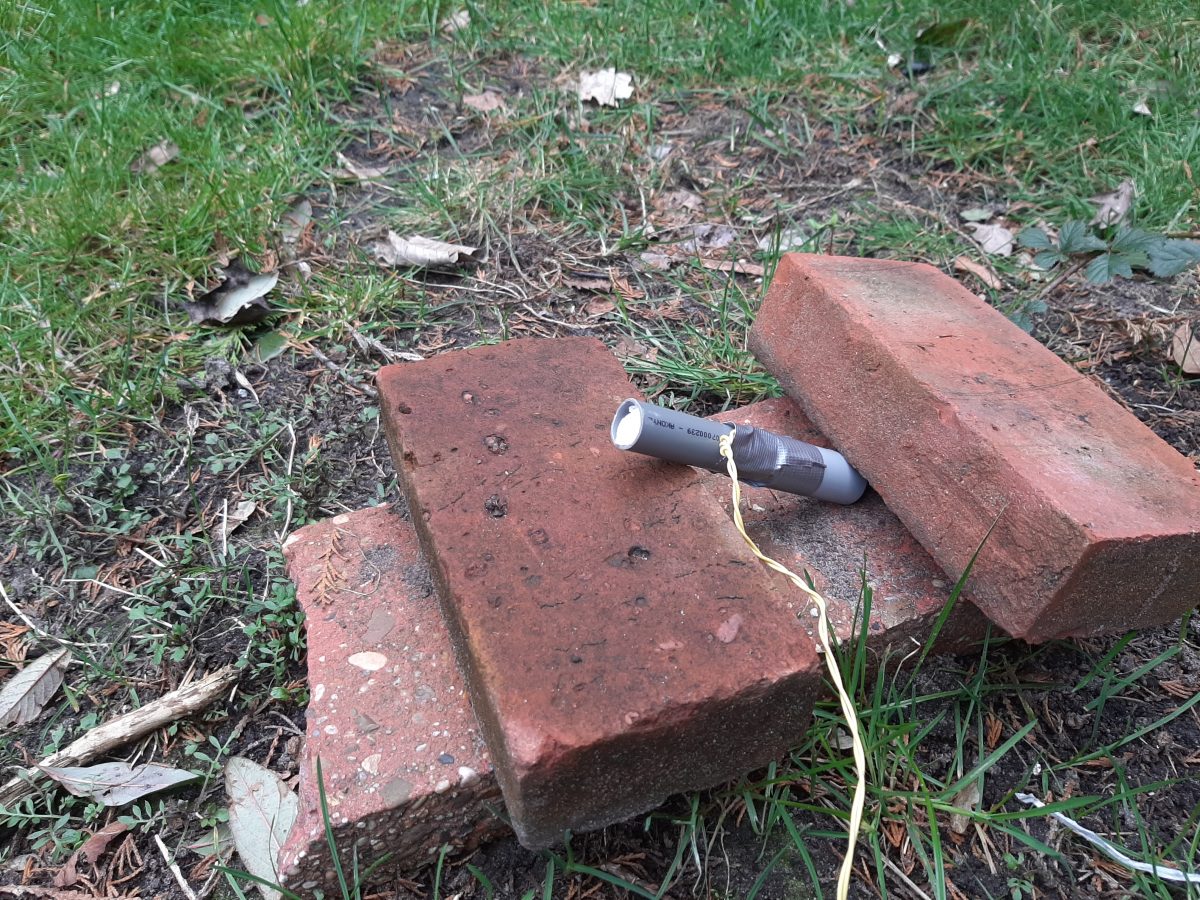
3 thoughts on “First PEST Test”